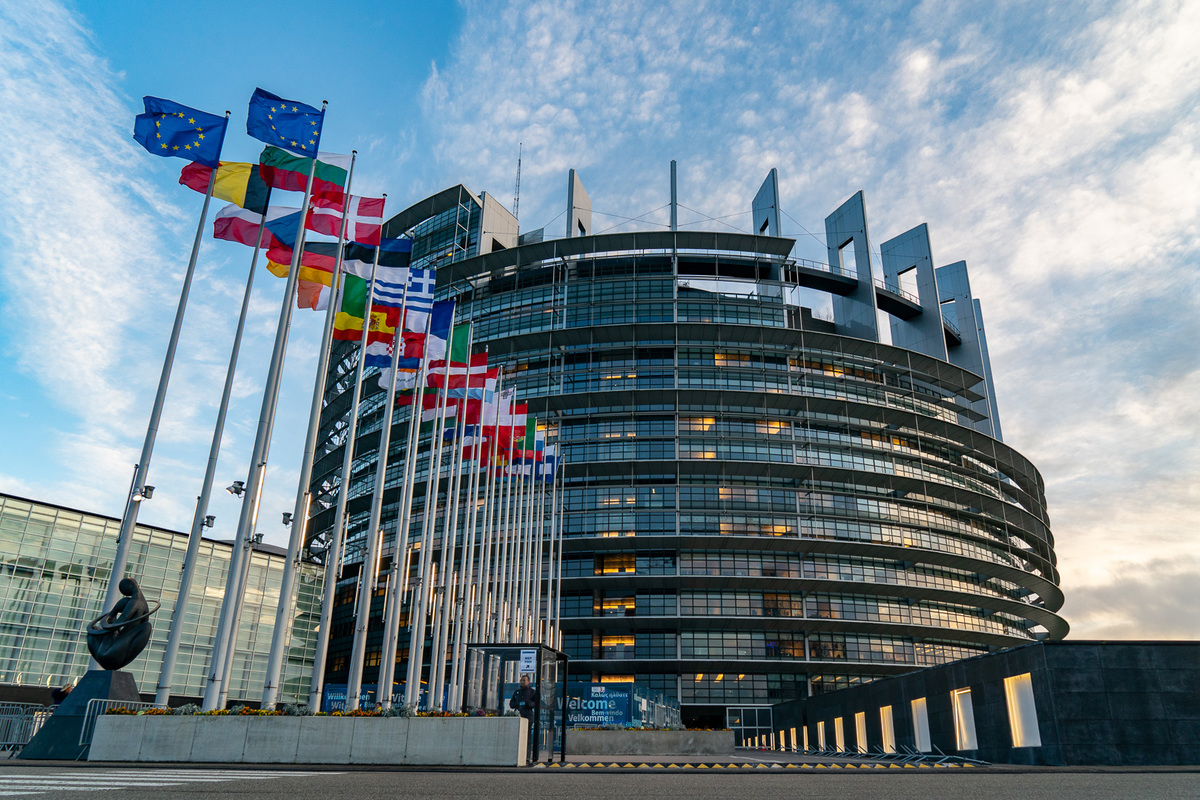EU lawmakers vote to expand ETS to cover shipping
The European Parliament's Environment Committee has voted for a more extensive emissions regulations agenda that sets out to include shipping emissions in the EU Emissions Trading System (EU ETS) for the first time.

PHOTO: The European Parliament building in Strasbourg, France, where a plenary session will be held on 6-9 June with a vote on the revised EU ETS. European Parliament
All ship emissions from intra-European voyages should be included by 2024. Half of emissions from voyages to and from EU countries will be included between 2024-2026, before this is expanded to 100% from 2027, “with possible derogations for non-EU countries where coverage could be reduced to 50 % subject to certain conditions,” the European Commission says.
After discussions yesterday, 62 of 87 Members of the European Parliament (MEPs) voted in favour of revising the ETS with more far-reaching mandates for shipping.
Three-quarters of the revenues generated from auctioning out shipping emission allowances will go towards an Ocean Fund dedicated to support shipping’s transition to low-carbon energy uptake.
The European Community Shipowners Association (ECSA) welcomed shipping’s inclusion in the ETS, arguing that a ‘polluter-pays’ principle should mandate commercial operators to bear emission costs through contractual clauses.
“The mandatory pass-through of the ETS costs to the entities responsible for operational decisions will ensure the proper implementation of the ‘polluter pays’ principle,” ECSA president Philippos Philis commented.
The World Shipping Council (WSC) says the ETS needs to account for lifecycle emissions to incentivise first movers. If the design ignores lifecycle accounting it may end up rewarding fuel producers with large carbon footprint from well-to-tank, it argues.
WSC, which represents the international liner shipping industry, is critical of potential contractual clauses that might shield shipowners from ETS costs and make commercial operators more accountable.
The European Commission says MEPs want a “significant” reduction in greenhouse gas emissions through boosting incentives for investment in low-carbon technologies.
The lawmakers want not only carbon dioxide, but also other greenhouse gases like methane and nitrous oxides should be included in the ETS cap-and-trade system. The system already caps the total amount of carbon dioxide that can be emitted per year by entities in other sectors.
“It is positive that the Environment Committee has chosen to include greenhouse gases in a broad sense, which is a prerequisite for the industry's move away from fossil fuel,” Danish Shipping’s director of climate, environment and safety Maria Skipper Schwenn commented on yesterday’s vote.
But Danish Shipping is critical of there not having been made any allowances for carbon recycling technologies like Power-to-X, which can produce green fuels with carbon dioxide as one of the inputs.
Danish firms have been investing in Power-to-X. In January, Søborg-headquartered renewables firm European Energy announced a partnership with Hanstholm fishing port to develop a plant that can convert carbon dioxide and renewable energy from sources like wind and solar power into e-methanol and hydrogen.
The Port of Hanstholm says it aims to become Europe's “greenest and first CO2-neutral fishing harbour.”
A version of EU ETS has been in force since 2005 and emissions allowances have come down over time.
Citing emissions data, the European Commission says 43% of emissions from power and heat generation and energy-intensive industrial plants have been reined in since 2005. Because the system incentivises emission cuts to be made where it is cheapest to do so, the power generation sector has seen emissions come down the most, it says.
A revised ETS with shipping included could be implemented by the end of the year. Before then it needs to go through a vote at the upcoming plenary session of the European Parliament on 6-9 June and then to be negotiated with EU member states.






